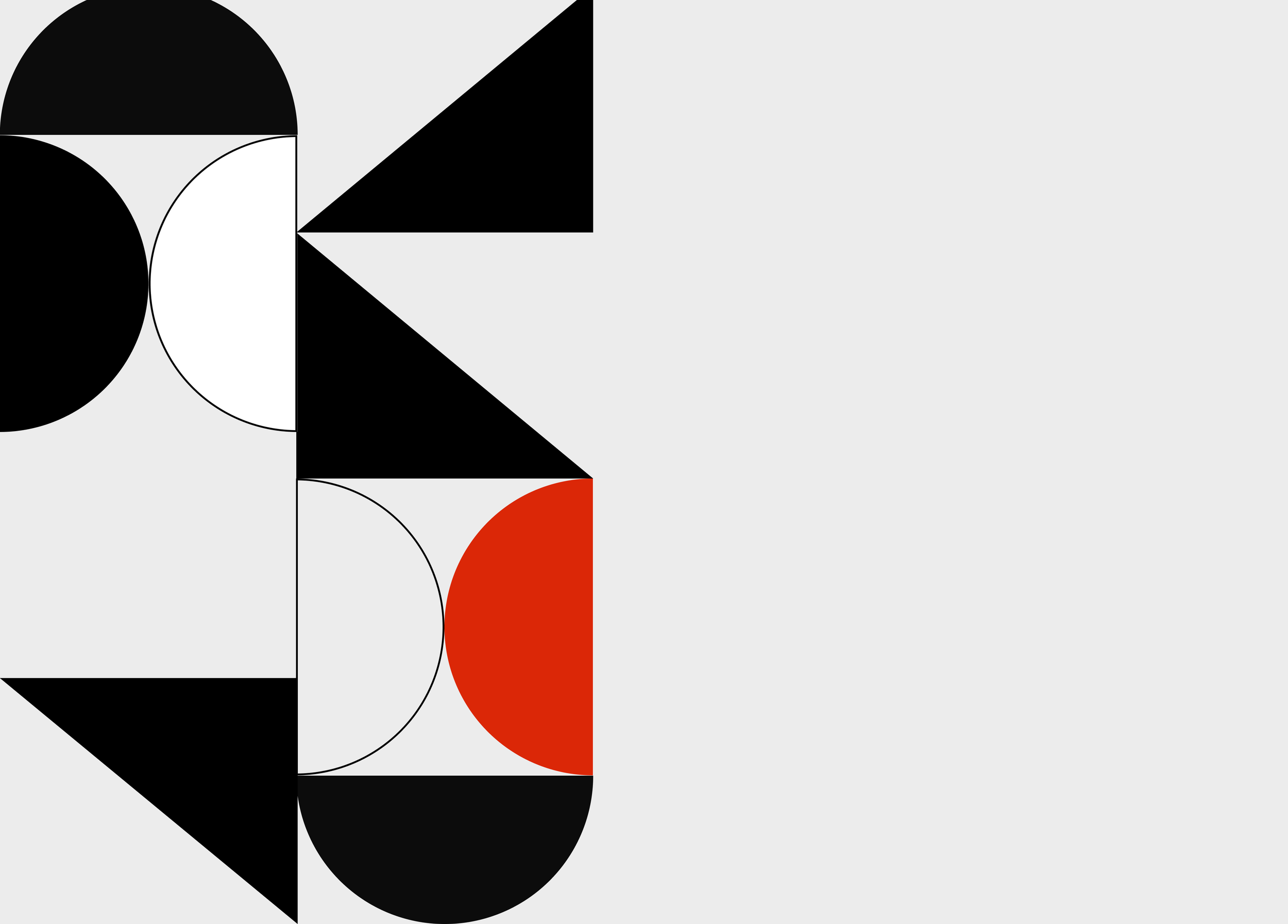
BT Mobile
Context
Historically, less than 6% of the users who visited the Sim-only-deal page added product(s) to their basket and progressed to the order summary page
Discovery
Most of of BT mobile visits are on desktop and Quant data revealed how the CTR from the products page to the order summary was quite low. I wanted to know why this was happening, I had some assumptions that I needed to validate through usability testing :
What is the primary need for customers buying SIM Cards?
By presenting users with a lot of information on the cards (upsell messages , countdowns , included benefits)are we adding noise to the decision-making process?
Is the BT mobile proposition not really enticing customers to buy one of their Sim products
The BT Mobile sim product page before the redesign. This is just a small snapshot of a page that was longer and presented stacked product cards with up to 8 bullet points in them .
Usability testing
The usability testing revealed:
Data is the most important consideration
The current layout doesn’t help when comparing multiple plans
People don’t like duplication of content
Looks overly complicated with all that information in the product cards (bullets points of included benefits)
Don’t like some sales tactics which cheapened the experience (countdowns and price slashes )
The plan names didn’t really make sense to customers as these were quite left to their personal interpretation
The mobile experience was daunting as the cards on a 320 screen make the page very long
The benefits in the plans were adding more cognitive load to users who needed a simpler proposition, not too much fuss and less up-selling that in the words of one user was adding an “aura of desperation” to BT mobile.
How Might We
The user testing confirmed some of my assumptions and this was a good starting point to understand some of the “why’s” around a huge dropout of users .
As a squad we organised our key themes, discussed some of the opportunities and eventually focused on our main question which was :
“how might we make it simple for users to easily identify the plan they need? ”
what are the most important bits of information users need in order to make a decision?
The user testing at this point was not enough to invest in a redesign of the page which needed a bit more of data insights. I needed insights from a larger pool of users to understand what key information needed to be prioritised.
Survey
We run an online survey to measure what aspects of a SIM only contract were important to consumers in their decision making
The survey involved a scoring task (important/relevant/irrelevant) and a ranking task (ranking important/relevant items)
1015 participants took the survey. 78 were BT customers.
Participants were categorised into 18-44 and 45+ age groups. The participants were split 400/615 respectively.
1 consistent top 3: Throughout the scoring and ranking tasks the same three factors came out as most important: Price, data allowance and contract length. Notably, price was consistently the top factor. Data allowance became less important amongst older participants.
2 mobile plan marketing nam: Conversely, mobile plan marketing name was the least important factor. For those who ranked it as relevant or important, an aggregate of the ranking task data showed it to be the 10th most important factor. The respondents found it be to be more useful than roaming, wifi calling, monthly spend cap, 4G calling and family SIM.
3 no change by contract type: Those on a SIM only contract vs a contract with a handset had very similar results on the scoring task.
Most important components of a SIM only plan
Ranked important and relevant components
Design
Based on the data collected :
Grouped the common benefits included in all plans at the top of the page (this helped me streamline the content presented in the product cards)
The product cards now give relevance to the most important info for customers (Data allowance and Price)
The layout in a grid helps comparison, users can easily compare cards and included benefits
Winning variant
Before
MVT Test and Results
We run the test for 2 weeks and the variants with the grid design and the most relevant info approach in the top bar shown significant improvement compared to the control page and the variant with horizontal cards and the info on top.
+10,61% CTR increase to the summary page
+9,80% orders
The biggest increase was measured on mobile devices and tablets. This is likely because, chunking the content helped users clearly identify the different plans available.
On desktop, re-organising content allowed users to quickly compare products and easily scan the relevant information (pricing, data, minute, texts etc.) with low cognitive load.





